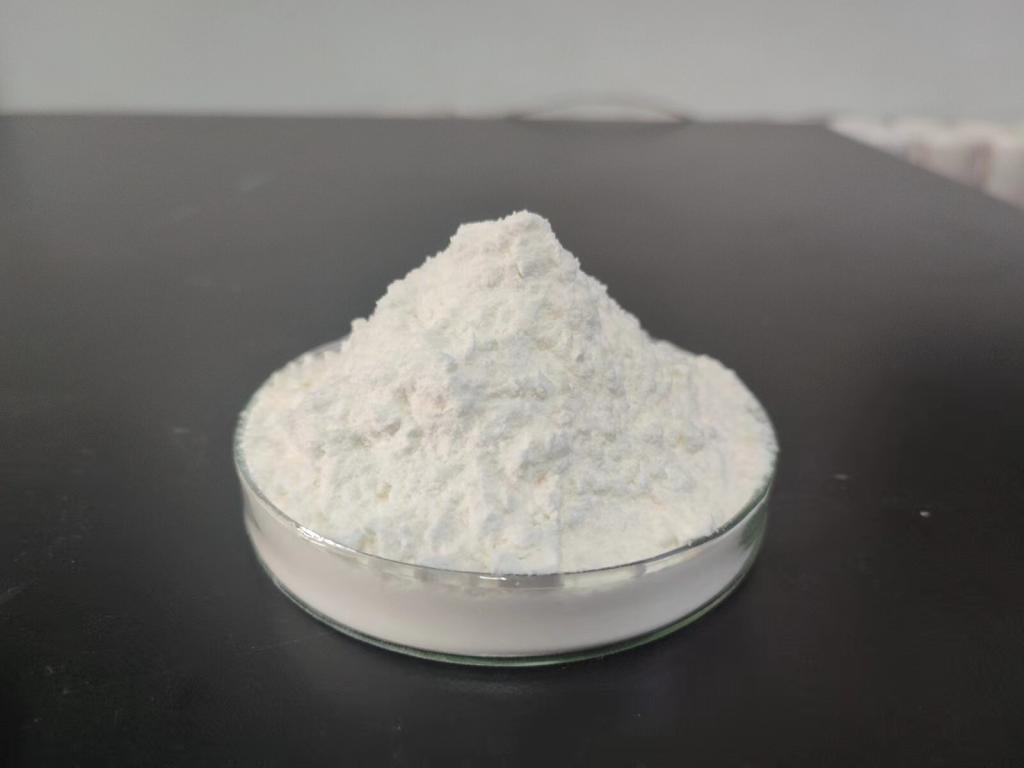Tel:+8618231198596

News
 CONTACT
CONTACT
 CONTACT
CONTACT
- Linkman:Linda Yao
- Tel: +8618231198596
- Email:linda.yao@dcpharma.cn
- Linkman:CHARLES.WANG
- Department:Overseas
- Tel: 0086 0311-85537378 0086 0311-85539701
News
The Contribution of ε-Polylysine Hydrochloride to Eco-Friendly Household Cleaning Products
TIME:2024-01-31
I. Understanding ε-Polylysine Hydrochloride:
ε-Polylysine Hydrochloride is a naturally occurring polymer derived from microbial fermentation, primarily using strains of Streptomyces albulus. Its unique molecular structure, composed of lysine residues linked by ε-amino bonds, imparts distinctive properties that make it an appealing choice for a range of applications, particularly in the realm of eco-friendly cleaning products.
II. Antimicrobial Properties and Cleaning Efficacy:
One of the notable features of ε-Polylysine Hydrochloride is its inherent antimicrobial activity. It exhibits efficacy against a broad spectrum of microorganisms, including bacteria, fungi, and certain viruses. In the context of household cleaning products, this antimicrobial action contributes to the elimination of harmful pathogens without resorting to conventional, often harsh, chemical ingredients. ε-Polylysine Hydrochloride thus plays a pivotal role in maintaining a hygienic living environment.
III. Biodegradability and Environmental Impact:
The eco-friendly appeal of ε-Polylysine Hydrochloride is underscored by its biodegradability. As consumers become more conscientious about the environmental footprint of the products they use, the ability of ε-Polylysine Hydrochloride to break down into non-toxic components stands out. This contrasts sharply with many synthetic cleaning agents that persist in the environment, potentially causing long-term harm to ecosystems.
IV. Surfactant Properties and Cleaning Formulations:
Beyond its antimicrobial prowess, ε-Polylysine Hydrochloride possesses surfactant properties, making it an effective emulsifying agent. This characteristic allows for the formulation of cleaning products with superior grease-cutting abilities. From kitchen surfaces to bathroom fixtures, the versatility of ε-Polylysine Hydrochloride in cleaning formulations enhances its applicability in various household settings.
V. Stability and Shelf Life:
Stability is a crucial factor in the efficacy of household cleaning products. ε-Polylysine Hydrochloride exhibits robust stability, ensuring a prolonged shelf life for formulated cleaning solutions. This durability contributes to the reduction of product waste, aligning with the principles of sustainability by minimizing the need for frequent replacements.
VI. ε-Polylysine Hydrochloride in Green Certification:
The rise of green certification standards for household products has prompted manufacturers to seek environmentally friendly ingredients. ε-Polylysine Hydrochloride's compliance with these standards positions it as a favorable choice for companies aiming to attain certifications such as the U.S. Environmental Protection Agency's Safer Choice or the European Union Ecolabel. This not only enhances the marketability of cleaning products but also reflects a commitment to sustainable practices.
VII. Reduction of Chemical Residues:
Traditional household cleaning products often leave chemical residues on surfaces, contributing to indoor air pollution and potential health hazards. The use of ε-Polylysine Hydrochloride allows for formulations with fewer synthetic chemicals, reducing the risk of exposure to harmful residues. This aspect is particularly significant in households where occupants, including children and pets, may be more susceptible to the effects of chemical exposure.
VIII. Consumer Awareness and Demand:
The growing awareness of environmental issues has translated into an increased demand for eco-friendly alternatives, including household cleaning products. As consumers become more discerning, the inclusion of ε-Polylysine Hydrochloride in cleaning formulations aligns with their preferences for products that are effective, safe, and sustainable. Manufacturers responding to this demand contribute to a market shift towards greener, more responsible choices.
IX. Challenges and Future Developments:
While ε-Polylysine Hydrochloride offers numerous advantages, challenges such as cost considerations, scalability of production, and regulatory approvals must be addressed for broader adoption. Ongoing research and development efforts aim to optimize these aspects, paving the way for increased integration of ε-Polylysine Hydrochloride in household cleaning product formulations.
X. Conclusion:
ε-Polylysine Hydrochloride's contribution to eco-friendly household cleaning products represents a significant step towards a more sustainable and environmentally conscious future. Its unique combination of antimicrobial efficacy, biodegradability, and surfactant properties addresses key challenges faced by traditional cleaning agents. As consumers increasingly prioritize eco-friendly choices, the role of ε-Polylysine Hydrochloride in shaping the landscape of household cleaning products is poised to grow, fostering a cleaner, healthier, and more sustainable living environment for all.
- Tel:+8618231198596
- Whatsapp:18231198596
- Chat With Skype







